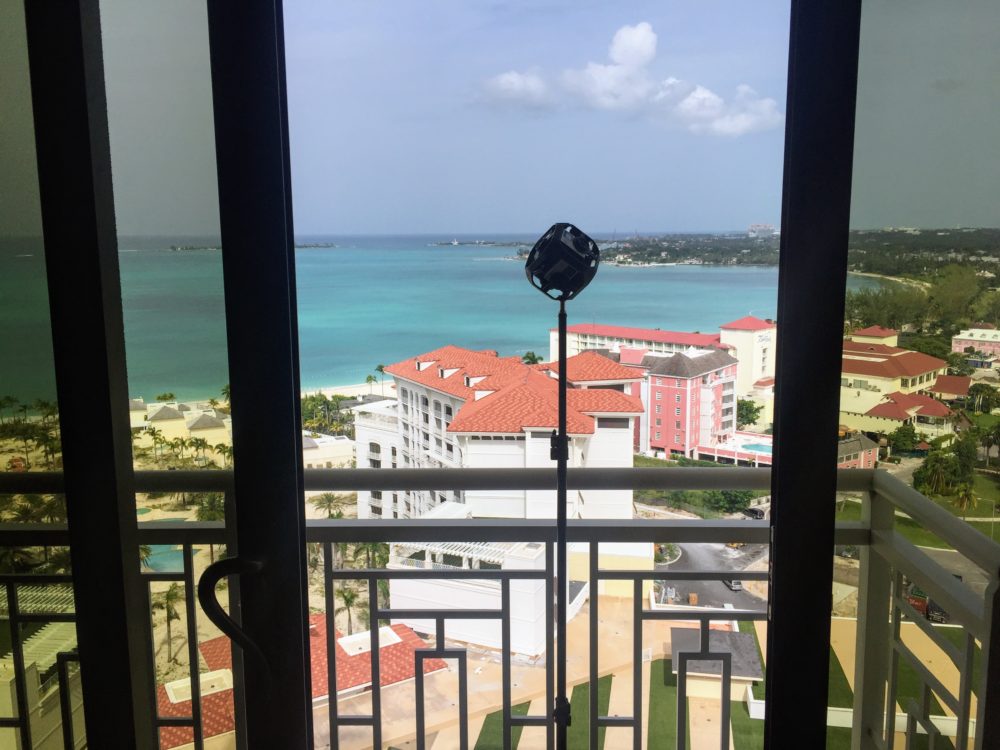
As the Federal Aviation Administration (FAA) works to meet its September 2015 deadline to decide on the future of unmanned aerial vehicles (UAVs), also known as multi-copters or “drones,” it is time to gaze into the future of a near certain multi-billion dollar industry.
Although drones often have the negative connotation as military killers, their most important application is on the home front as versatile tools, providing not only affordable alternatives in the world of aerial photography but also offering applications in a number of previously untouched fields. Let’s take a look at how drones could shape the world in a positive way.
Farming
Every day unnecessary amounts of water, pesticides and other crop inputs are wasted because of inefficient aerial technology leading to thousands of wasted dollars and total crop loss. Drones would provide farmers a fully automated tool to not only accurately give crops the nutrients they need but also to offer aerial photography and video essential to assessing the status and growth of a harvest and lowering the environmental impact of excessive spraying of pesticides. Planes and helicopters are a very inaccurate and expensive tool that can cost up to $1,000 an hour to operate. With an expanding global population trending towards 10 billion, it is essential we transition to efficiency in agriculture by implementing commercial drone technology.
Search and Rescue
Recently a news story emerged about a missing 82-year-old man with dementia in the woods in Virginia. After days of helpless ground searching and helicopter searching, he was found with the help of an amateur drone pilot using first person perspective aerial imagery. This resource provides a much more efficient alternative to on the ground searching, which often requires large numbers of flashlight wielding volunteers and others inefficiently wandering through unnavigable terrain. Organizations are already popping up like the nonprofit Texas EquuSearch. Unfortunately, the FAA is pressuring the organization to stop, despite being involved in nearly 1,500 searches and having successfully found 300 missing persons since its inception. As regulation and restrictions open up, aerial drones will provide an excellent resource to a commonly occurring challenge.
Humanitarian Aid
Earlier this year, a joint MIT-Harvest Health and Sciences project won a $100,000 grant from Bill Gates’ foundation that will allow the researchers to develop drone technology capable of delivering vaccine and medical supplies to the most remote locations on the planet. Other groups such as Matternet in Silicon Valley are working on similar endeavors that will allow suppliers to reach areas inaccessible by roads.
Package and food delivery
Amazon has already announced its new offering called Amazon Air that promises to deliver packages directly to homes in Dominos-esque fashion, 30 minutes or less. They are not the only ones looking forward to using drone technology to allow the transport of goods. A Bay Area startup announced plans to deliver food with its so called “Taco-copter,” but until the FAA establishes rules for such controversial business designs, none of these types will be possible. They do however shine a light into a world of possibilities using drones as delivery mechanisms.
It would be impossible to touch on the never-ending list of realistic possibilities with this technology in the future. Hopefully this article opens minds to see the future of drone technology is not merely limited to aerial photography hobbyists.
 SkyeCam Studios has a professional-level, 360 degree 6 camera-array set-up for spherical 360 video and photo capture. Our spherical rig captures 8K video and 50 megapixel photo-spheres.
SkyeCam Studios has a professional-level, 360 degree 6 camera-array set-up for spherical 360 video and photo capture. Our spherical rig captures 8K video and 50 megapixel photo-spheres.

 Many developers have been increasing the use of renderings for marketing and pre-sales over the past few years whether it’s in Seattle, Dallas or Baltimore. As they say, a picture is worth a 1000 words. You can tell buyers the home will have a beautiful view, with high end features, etc. But without a picture, buyers will typically wait until construction is complete, which means more money out of pocket for the developer, longer exposure to the ever-changing real estate market, and slower turn over rates.
Many developers have been increasing the use of renderings for marketing and pre-sales over the past few years whether it’s in Seattle, Dallas or Baltimore. As they say, a picture is worth a 1000 words. You can tell buyers the home will have a beautiful view, with high end features, etc. But without a picture, buyers will typically wait until construction is complete, which means more money out of pocket for the developer, longer exposure to the ever-changing real estate market, and slower turn over rates.